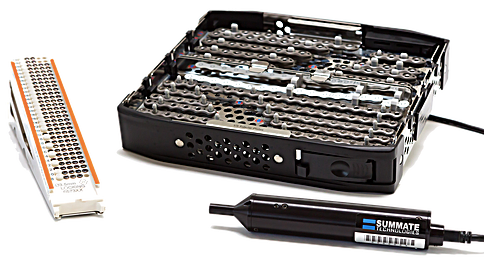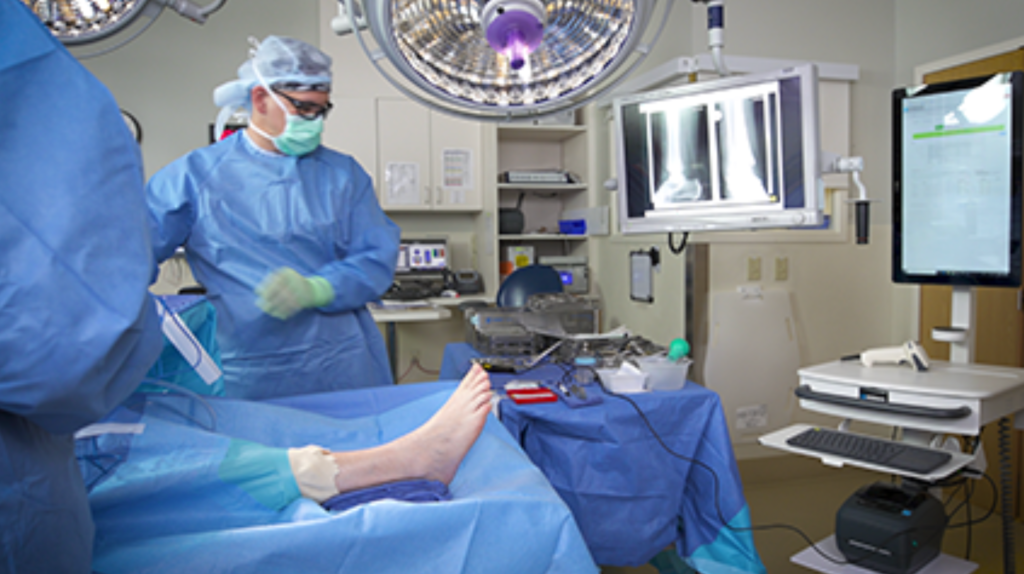
On January 9th, 2007, Steve Jobs stood before the MacWorld gathering in San Francisco and announced a new product. As the audience cheered, he introduced the device as a fusion of music , phone, and internet connectivity. Up until that time if you wanted all three you needed three separate devices. The iPhone, as it was called, was a revolutionary technology: it changed how we live and work by providing immediate access to communication and information.
Smart phones are used today in ways that even Jobs couldn’t have imagined, all at the touch of our fingers. We look to our screens to get instant information: we can query our phone to locate a restaurant and get directions to it. We can search for the most obscure product, identify it, and order it in seconds. And we can watch videos on how to put together or operate almost anything we can think of.
Smart phones are fantastic at three general tasks: communicating; searching, identifying and locating; and delivering functional information in a timely and accurate manner. I daresay many of us can imagine life without them.
Surgeons and surgical technician staff are on a proverbial island while in the sterile field. They can’t touch anything outside the field, and should stay focused on the patient. Orthopedic (actually all) surgery, however, is not as scripted as one might think. I was a trauma device rep in thousands of OR cases over 15 years, and can attest that surgeons or surgical technicians often need to access three things: communication (such as talking to a pathologist or perhaps a device rep), location of something not currently available in the sterile field (such as a specialty instrument or a biologic), and functional information about a component of the surgery (such as a tray/set overview or directions for preparing a bone cement or biologic that is to used by the surgeon).
So let’s review: “smart” phones and internet connectivity are great at providing three things in an accurate and immediate fashion: communication, identification and location, and functional information. The orthopedic surgical field staff often have three direct needs that arise during surgery: a need to communicate with someone outside the room, identification and location of an item outside the room, and information on the functional set up or overview of a product to be used.

Does anyone else see an opportunity here?
Introducing Einstein, Summate Technologies’ revolutionary O.R. smart cart. In addition to scanning and tracking item implant usage directly from the sterile field, Einstein delivers, for the first time, digital information content and communication to the surgeon and surgical technician. Search, identify and locate items in other trays and sets outside the room; look up and communicate directly from the patient site via VOIP telephony; and access a growing variety of video information such as set and tray overview videos, IFU guides, assembly videos, and room set up information. Einstein even plays the surgeon’s favorite Spotify channel. It’s digital content delivered to and instantaneously viewed by those who actually use it – the surgeon and surgical technician in the field.
Basically, Einstein is a smart phone for the surgical field staff. And I am willing to bet this technology becomes as indispensable to better surgical outcomes as that iPhone in your pocket has become to you.
Stay tuned!
For more information, contact:
Phil Sayles
email: phil.sayles@summate.net
website: summate.NET